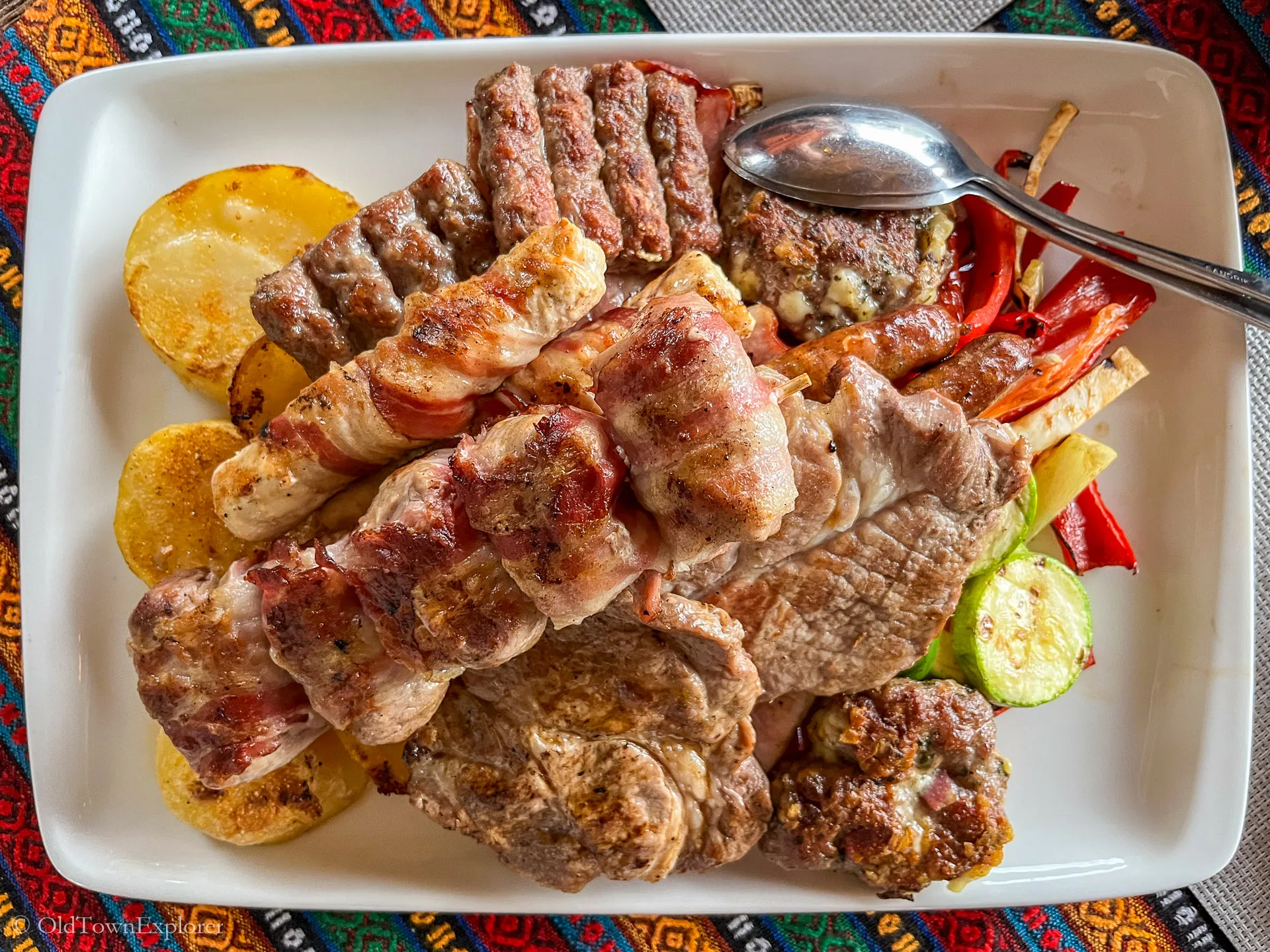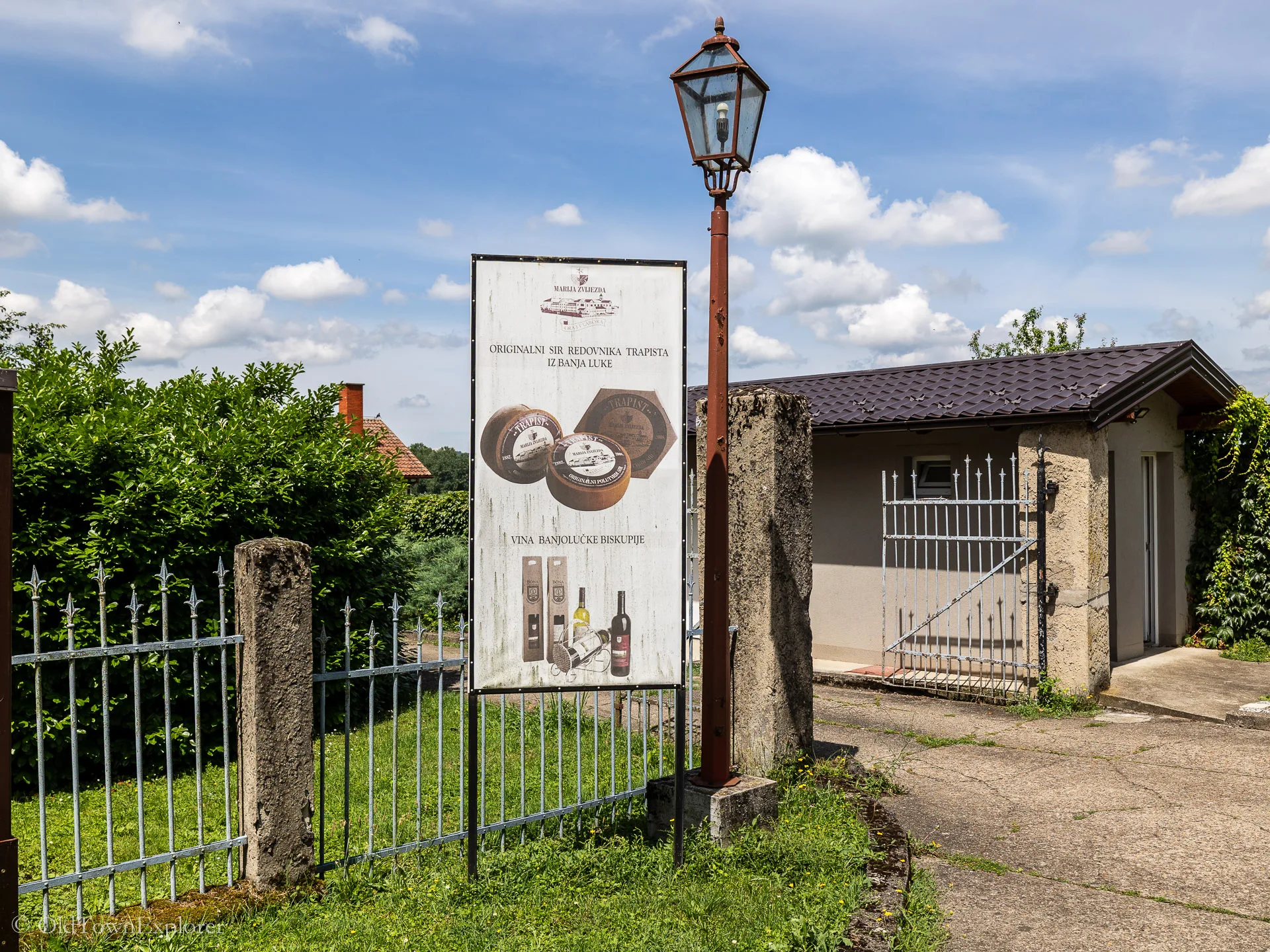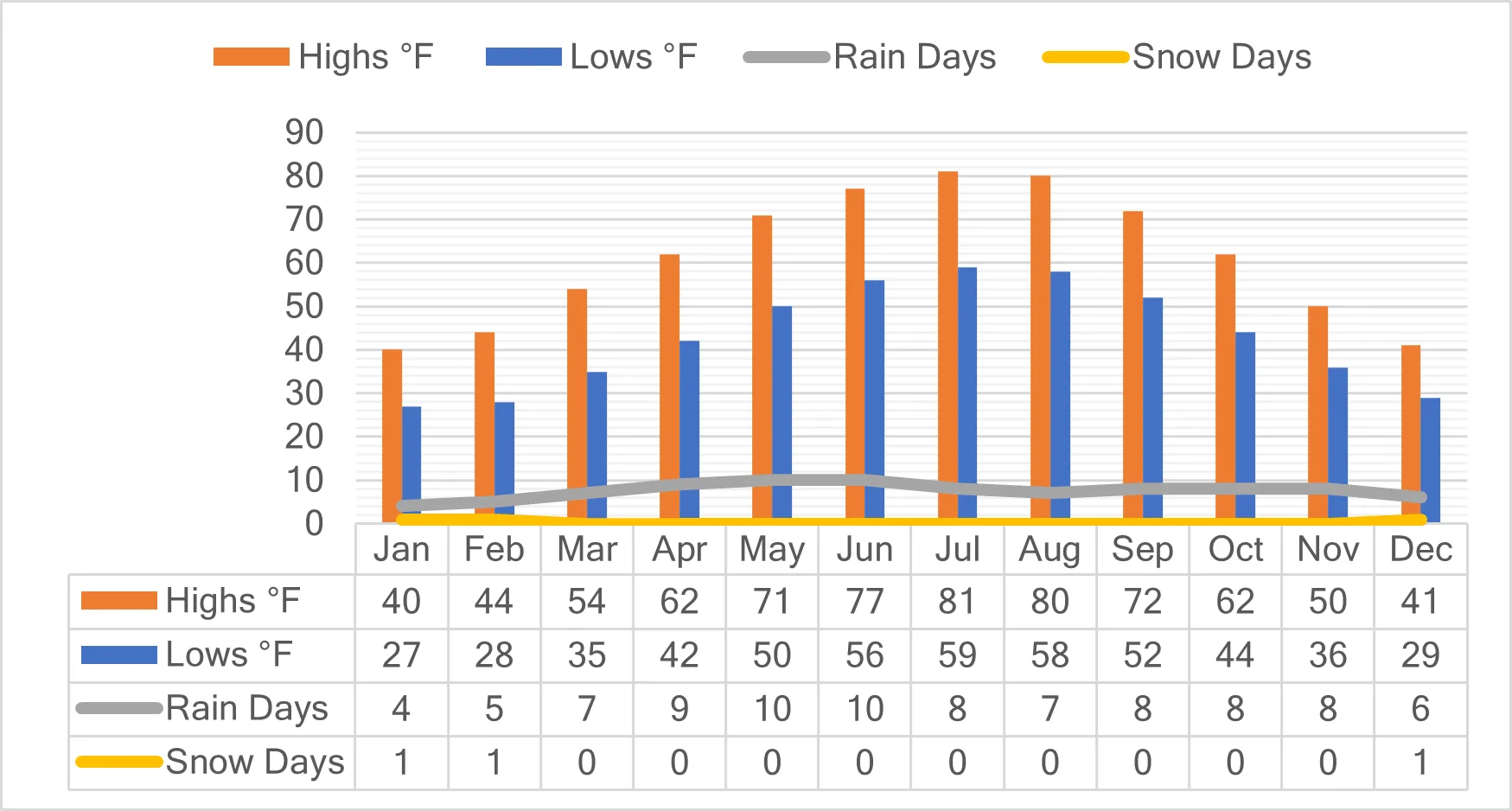Banja Luka
Food | Wine | ArchitectureExplore Banja Luka: Food, Wine & Architecture
Banja Luka is the largest city in Republika Srpska and the second-largest in Bosnia and Herzegovina. Known for its Ottoman mosques, Austro-Hungarian facades, and Yugoslav-era architecture, the city also features a growing culinary scene and emerging wine culture.
We spent the month of June in Banja Luka, walking through local markets, eating in family-run taverns, and exploring the city’s diverse neighborhoods and historic sites.
This guide shares everything we learned—what to eat, drink, and see in Banja Luka—plus practical tips to help you plan your visit.
This website contains affiliate links that may earn us a small commission at no additional cost to you.
Banja Luka Food
Banja Luka offers a grounded and traditional Bosnian food experience shaped by Balkan and Ottoman influences. Local dishes emphasize grilled meats, stuffed vegetables, and savory pastries prepared in home-style taverns and casual eateries.
The city’s signature dish is Banjalučki ćevapi—small grilled sausages made of minced meat, served in a square-shaped portion with lepinja (flatbread), raw onions, and kajmak (a tangy dairy spread). Other staples include sarma (stuffed cabbage rolls), punjene paprike (peppers stuffed with rice and meat), and a variety of pita, such as cheese- or spinach-filled burek.
Traditional restaurants known as kafana and ćevabdžinica serve these classics in no-frills settings with large portions and affordable prices. For regional products, head to Gradska Tržnica (City Market), where stalls sell cured meats, local cheeses, fresh produce, and homemade ajvar.

Banja Luka Wine
Banja Luka’s wine scene is modest but growing, with a handful of wine bars and specialty shops offering curated selections from Bosnia and the wider Balkans. While vineyards are concentrated in Herzegovina, visitors to Banja Luka can sample local labels without leaving the city.
Most wine bars are located near the city center and serve regional reds like Vranac and Blatina, alongside crisp whites such as Žilavka. Staff are typically knowledgeable and eager to introduce guests to domestic varieties.
Though not a major production hub, Banja Luka is a good place to explore Bosnia’s emerging wine identity in an approachable, urban setting.

Banja Luka Architecture
Banja Luka’s architecture reflects centuries of cultural change, with Ottoman, Austro-Hungarian, and Yugoslav-era buildings layered throughout the city. Visitors will find a walkable core filled with religious monuments, civic landmarks, and modernist statements.
- Ferhat Pasha Mosque (Ferhadija): Originally built in 1579 and destroyed in the 1990s, this Ottoman mosque was rebuilt using traditional materials and techniques.
- Banski Dvor: A neoclassical palace from the interwar period, now a public cultural center hosting concerts and exhibitions.
- Cathedral of Christ the Saviour: An imposing Serbian Orthodox church with golden domes and Byzantine-style design.
- Kastel Fortress: A riverside fortress with Roman, medieval, and Ottoman elements.
- Gospodska Street (Veselina Masleše): A pedestrian boulevard lined with Austro-Hungarian buildings, cafes, and shops.
While much of the old town was damaged during earthquakes and war, Banja Luka’s rebuilt and preserved structures offer insight into its complex past..

Where Is Banja Luka Located?
Banja Luka is located in northwestern Bosnia and Herzegovina, along the Vrbas River. It is the administrative center of Republika Srpska and the second-largest city in the country.
What Is The Best Time To Visit Banja Luka?
The best month to visit Banja Luka depends on what you’re looking for. Do you want the best weather, fewer crowds, or the best value? Following are our suggestions for each.
Weather
The best weather is a personal preference. We find the best weather for exploring a city is around 55° F and sunny. Weather in Banja Luka during the summer can be very hot, and you should consider an alternative time if you do not enjoy hot and sunny weather.
Below is a chart showing the average high and low temperatures for each month so you can decide what is best for you.

Shoulder Season
The shoulder season in Banja Luka is April, May, September, and October. For many, this is the best time of the year to visit. We spent the month of June in Banja Luka and thought the weather was cool in the morning, but pretty warm later in the day.
Best Value
April and September are good months to visit Banja Luka for the best value and with few crowds. It does get cold and snows during the winter in Banja Luka so you should pack accordingly if you visit during the Holidays.
Best Places to Stay in Banja Luka
Hotels in Banja Luka
We recommend staying near Gospodska Street, the city’s central pedestrian zone. This area provides easy access to major landmarks, markets, restaurants, and cafes.
Use the interactive map below to filter accommodations by location, budget, and amenities.
Other Things to Know About Banja Luka
Airport
Banja Luka International Airport (BNX), also known as Mahovljani Airport, is an airport located 18 km north-northeast of Banja Luka.
Train Station
The Banja Luka railway station is located at Prote Nikole Kostića, Banja Luka 78000, Bosnia & Herzegovina. The station provides service between Sarajevo and Zagreb, but few other destinations.
Time Zone
Bosnia and Herzegovina uses a single time zone, denoted as Central European Time (CET: UTC+01:00). It also observes summer time, shifting to Central European Summer Time (CEST: UTC+02:00).
Currency
Bosnia-Herzegovina Convertible Mark
Language
Bosnian is the official language of Banja Luka, but English is widely spoken in the tourist areas.
Visa
Citizens from the United States, United Kingdom, Canada, and Australia don’t need a visa to visit Bosnia and Herzegovina if they stay 90 days or less. For more information on visa-free travel in Bosnia and Herzegovina, check out our article on traveling visa-free.
Electricity
Bosnia and Herzegovina’s electrical outlets are Type C, F, and L. They have a 230V supply voltage and 50Hz. Travelers from the United States will need an adapter.
If you have many items to plug in, we recommend a travel power strip with multiple USBs and standard plug-ins. Using a power strip, you will only need one adapter to plug the strip into the wall.
SIM Card
Travelers will want a SIM card for Bosnia and Herzegovina. You can get either a local SIM card or an eSIM card.
To get a local SIM card, you have to find a local cellular service provider, often stand in line for assistance, show your passport, and complete some paperwork. The SIM cards work great, but purchasing them is somewhat inconvenient. This option is best if you need more than 5GB of data.
We use eSIMs exclusively because they can be purchased through an app prior to arrival in a new country and activated when you hit a cell tower in the country. We use Airalo eSIMs. They work great, and I recommend them if you plan to use less than 5 GB of data during your stay or if you need internet immediately on arrival.
Car Rental
Bosnia and Herzegovina has a limited train system, and rental cars or private transfers are often required when visiting the country.
For a comparison of rental car offers from large, international brands and smaller regional brands, we recommend Discover Cars.
FAQs About Banja Luka
What are the top attractions in Banja Luka?
Banja Luka offers a variety of architectural and cultural landmarks worth exploring:
- Ferhat Pasha Mosque
- Cathedral of Christ the Saviour
- Banski Dvor
- Kastel Fortress
- Gospodska Street
What traditional food should I try in Banja Luka?
You’ll find plenty of traditional Bosnian dishes throughout the city:
- Banjalučki ćevapi
- Sarma
- Punjene paprike
- Cheese or spinach pita
- Tufahija or baklava
Is Banja Luka expensive?
Yes. Banja Luka is generally budget-friendly, with low prices for food, lodging, and transport.
How do I get around Banja Luka?
Banja Luka is easy to navigate, especially in the city center, which is walkable and compact. Taxis are inexpensive and widely available, and public buses serve the broader area. If you want to explore nearby countryside or wineries, renting a car is a good option.
What’s the best time to visit Banja Luka?
Spring (April–June) and early autumn (September–October) offer mild weather and fewer crowds, making them ideal times to visit. Summer is warm and lively, with outdoor festivals and river activities, while winter brings a quieter, cozy vibe—especially if you’re a fan of traditional food and relaxed travel.
Banja Luka Blog Posts
No Results Found
The page you requested could not be found. Try refining your search, or use the navigation above to locate the post.
